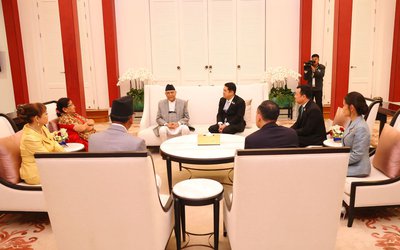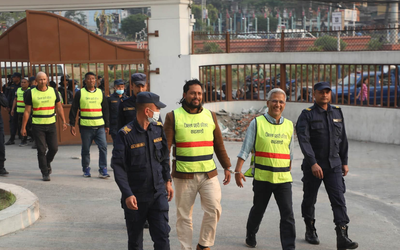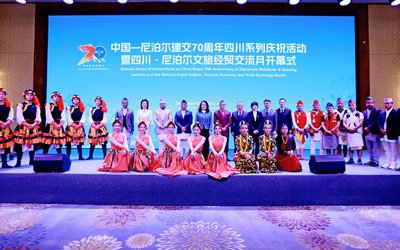More on News





Migration is a normal phenomenon across the world. The global dynamics of technology, politics and economics needs to be understood to grasp the causes of migration. In Nepal, migration has been in practice for around 200 years. Nepalese migrated to work in Indian and British armies. Later, tea estates in Assam, India, took in Nepalese workers.
Three factors have contributed to the phenomena: push, pull and inter-country networking. Pull factors include changing demographics, such as in developed countries, and push factors include unemployed population, existing poverty, deteriorating agricultural productivity and emerging culture for migration. Push came to the fore in Nepal during the decade of armed conflict because it displaced people, enhanced social insecurity, and downsized developmental and industrial activities. Inter-country networks have also promoted migration of Nepali people in several countries abroad.
The good side of it all is remittance, which has been contributing to national economy. It had crucial roles during the financial crisis. Neither the government nor migrants really give much attention to remittance. Remittance mostly goes in meeting household expenditure, health services, education, and paying back loan.
Mostly, Nepali take blind decisions, without information about policies (foreign employment act 2042, international convention on migrant workers etc, national labour act of origin and destination country,) and use illegal channels. They usually represent middle and lower economic families. Like people from other countries, Nepalese encounter with many problems such as market failure, trafficking, forced labour, recruitment malpractices, exorbitant placement fees, sexual and physical harassment, employment in hazardous jobs, under or non-payment of wages etc. Women migrant workers are also in demand due to their honesty, sincerity, low wage agreements, lack of awareness of their rights, and low bargaining power. They usually get entangled in the `three D's work cycle-dangerous, difficult and dirty.
Although Nepal government is trying to mitigate such problems, Nepali migration scenario is getting more complex as a large proportion of labour migration is illegal, aided, and abetted by rackets, as most of the migrants are unskilled or semi-skilled, with half of them being women. Currently, Non-Resident Nepalese (NRN), whose regional meeting in Jan 14-16, 2011 discussed safe migration, and other I/NGOs are also extensively engaged in rights of migrant workers. But the entire efforts are focused on migration of Nepalese not to the neighbouring countries, specially India, but elsewhere.
Poor people neither have access to information; policies, rights etc on migration nor adequate financing, such as property for collateral. The large number of people from far-west and mid-west are migrating temporarily. Due to prolonged food scarcity, poor infrastructure for adjusting to winter and other several reasons related to poverty, they have to go to India. They also engage in three D’s jobs there. Usually, they come back after 3-10 months with small amounts of money, and pack of clothes but they are often looted in the border of India. Sometimes, they might have been affected by HIV/AIDS and other sexually transmitted diseases due to ignorance and other reasons. At home, women neither know about the dangers from migrant men nor are able to ask about the behaviours against their husbands. As a silent killer, one day, AIDS might affect the entire society.
Now, the time has come to consider the rights of migrant people as a cross-cutting issue because it has direct links with poverty and it is urgent to explore underlying causes of migration or options for livelihood in their surroundings. Likewise, the manpower agencies also need to be intensively monitored by the government, to make sure they are fully aware and compliant with national and international policies on migrants. Radio programs, specially local, may be more effective to disseminate information on migration, benefiting both migrant family and individuals.






